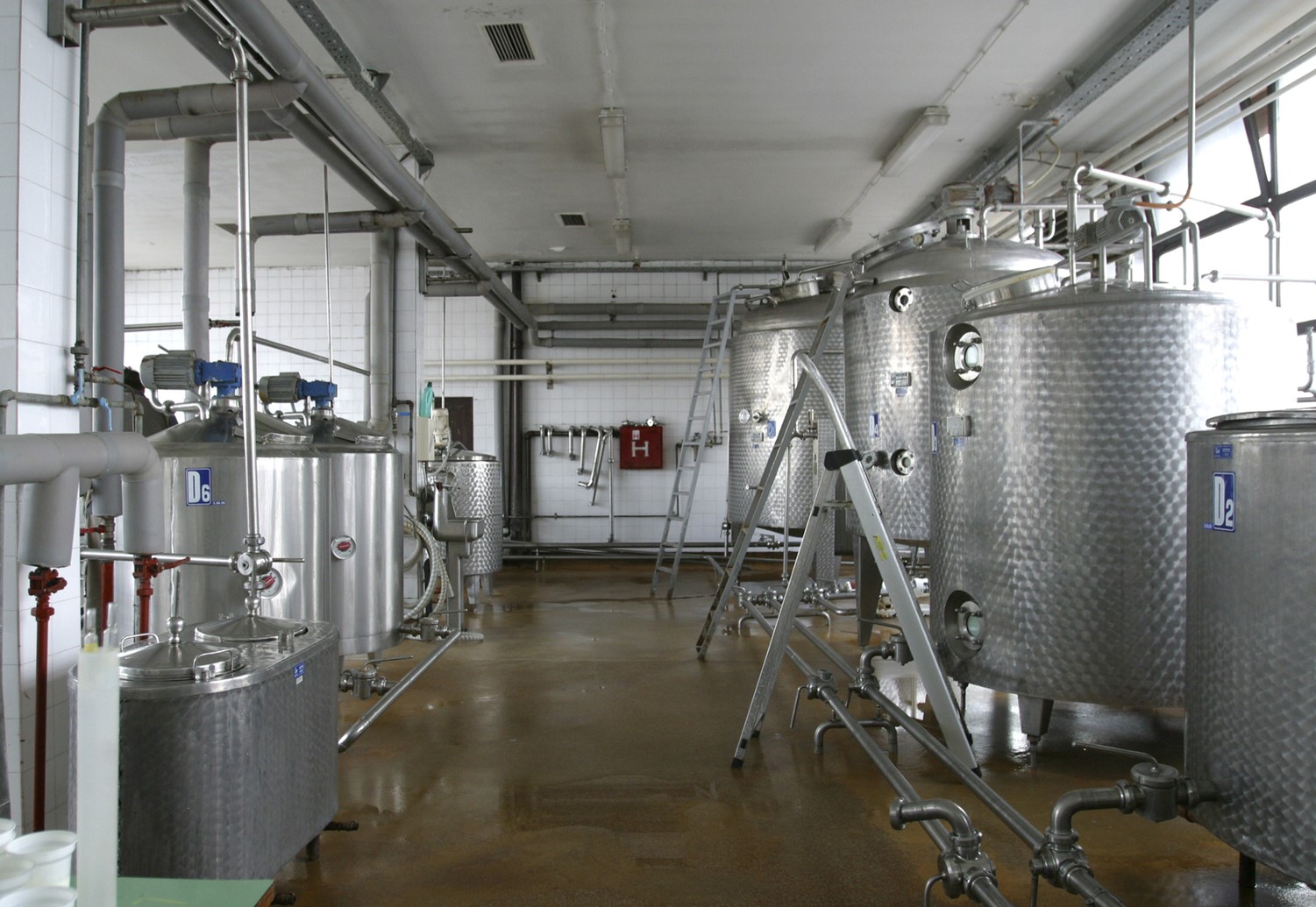By Shane McCoy
A sign at our Wil-Kil Pest Control Menomonee Falls office reads “Sanitation is Pest Control.” I asked our regional manager why the sign was there, and he said it is intended to be a constant reminder that many pest problems, especially small flies, are because of poor sanitation. Every time someone enters that office they are reminded of one of the most important parts of food processing pest control — SANITATION!
At our company, we are constantly training our PMPs to document all conducive conditions, which of course includes poor sanitation. But how do we get our clients to practice good sanitation? After all, especially for food plants, we are not performing sanitation.
The answer is knowing how to effectively communicate and document poor sanitation practices for clients to implement/follow. But, before we do this, we must be knowledgeable about appropriate protocols for food plants.
WHERE TO START. Ask your client for an opportunity to review the master sanitation schedule to identify if any areas need to be added. Sit down and review areas that present a pest concern because of poor sanitation.
ON THE INSIDE. The following are areas that require proper sanitation on the inside:
Floors drains can be a big issue due to the build-up of food particles, water and other stuff that small flies and cockroaches love. Regular inspection/sanitation treatments are a must.
Processing machines can produce significant amounts of splatter and spillage that attract pests. It may be necessary to regularly take apart certain machine components to clean and inspect for pests.
Ceilings are a source of cobwebs and spider webs, and overhead pipes and exposed beams in warehouses must be cleaned regularly to prevent dust build-up that can attract warehouse beetles and other pests.
Loading docks are a prime area for pests since they are a collection point for everything people don’t know what to do with after use. Broken-down pallets, damaged boxes, spilled food commodities and excess moisture collects in cracks and crevices and attracts pests.
Break rooms, cafeterias, locker rooms and restrooms are pest hot spots because of the abundance of food and harborage locations. Employees bring in food and store it (and sometimes forget it) in lockers. Food waste may not be properly cleaned up in break rooms and vending machines may have food and liquid spillage. Regular cleaning and staff education are needed to lessen the pest threat.
Roof leaks can lead to big sanitation issues and the threat of harmful bacteria, including salmonella from bird droppings on the roof. If water collects in remote areas of a plant, it can support mold, fungi and insect activity.
First-in and first-out inventory management is another good practice. If product has been sitting on a shelf two years past its use date, it can spoil and attract pests. Be sure to document using a bar code system when product arrives and when the use by date is.
ON THE OUTSIDE. The following are areas that require proper sanitation on the outside:
Railroad sidings are prime areas for food spillage that can attract rodents and birds.
Weed control around plants and rail lines will eliminate potential pest harborage areas. Mow grass regularly, trim trees/bushes, choose plantings correctly (non-fruit bearing trees/bushes) and leave a 2-foot rock barrier around the exterior to reduce rodent burrowing.
Proper drainage is essential to eliminating fly, termite and mosquito harborage areas. Make sure drains in the parking lot and loading dock are clear, irrigation pipes and sprinkler heads are not leaking, and that gutters and downspouts drain away from the building.
Garbage/recycling dumpsters need to be placed on a concrete pad at least 100 feet from a structure. The pad, lid and bin – “dumpster juice” is attractive to flies, rodents and stinging insects – need to be cleaned regularly. Make sure staff does not place bags around the bin when it is filled; if this happens often, request more frequent pick-ups.
Equipment including pallets, pipes, storage racks, etc., need to be stored away from loading dock doors/entrances, and they need to be cleaned before they are brought back inside.
CHECKLIST. A sanitation checklist should include (adapted from Truman’s Scientific Guide to Pest Management Operations):
-
- Exterior Areas (garbage disposal areas, drainage, weed control, pest breeding and harborage areas, etc.)
- Building Exteriors (pest proofing/exclusion, lighting, etc.)
- Building Interior (walls, floors, ceilings, floor drains, plumbing, ventilation, etc.)
- Food Preparation Areas (enclosed areas, under equipment, surface areas, etc.)
- Dishwashing Areas
- Garbage and Recycling Areas (proper containers, containers covered, etc.)
- Toilet and Locker Room Areas (lockers regularly cleaned and emptied, etc.)
- Lunch/Break Rooms (cleaned regularly, trash taken out regularly, etc.)
- Vending Machines (accessible for cleaning, etc.)
- Utility Areas (accessible for cleaning, no pest conducive conditions, etc.)
- Office Areas (trash removed regularly, no food stored in desks, etc.)
- Food Storage (packaged and dry food storage, damaged goods storage, returned goods, refrigerated areas, etc.)
FINAL THOUGHTS. Providing your pest management perspective on what good sanitation looks like will help your food plant clients develop a more effective master sanitation schedule, which will positively impact your pest management success in that facility.
Shane McCoy has a master’s degree in entomology with 23 years of experience. He is the chair of the Copesan Technical Committee and director of quality and technical training for Wil-Kil Pest Control, Sun Prairie, Wis. He also has 12 years of pest management experience with the U.S. Air Force.
This Tech Talk article was originally published in the April 2019 edition of PCT magazine.

